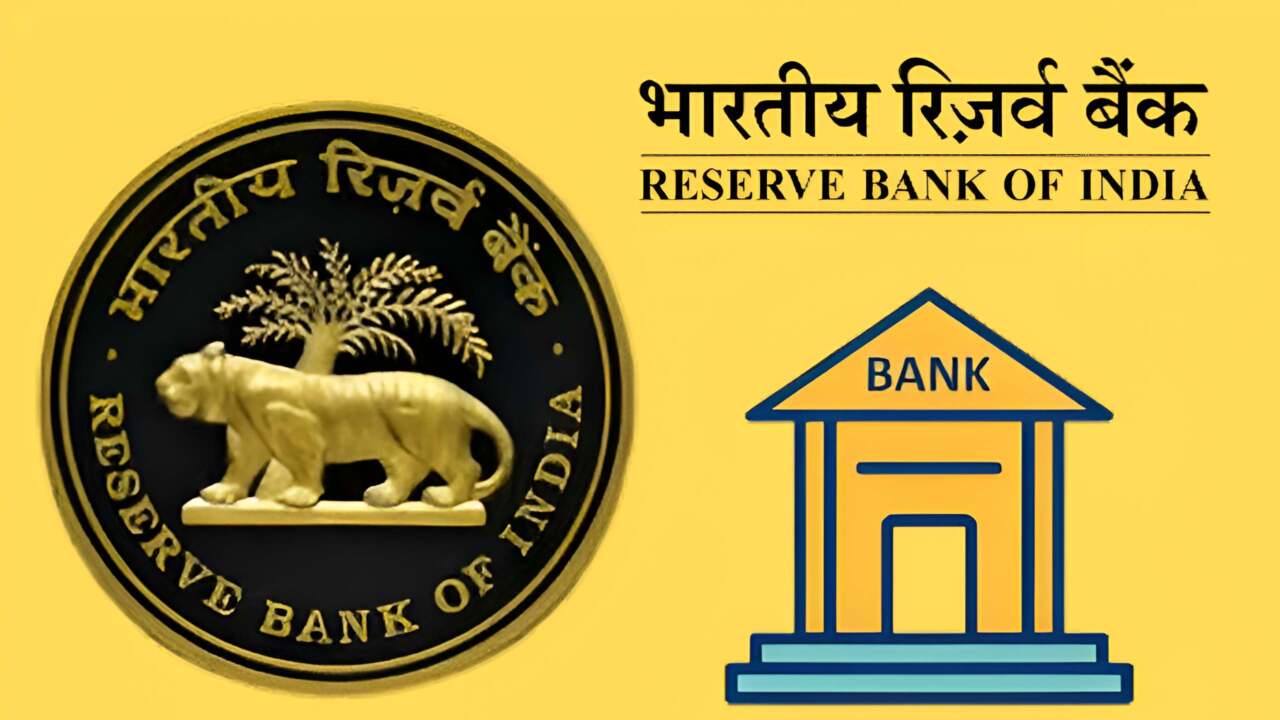Lower inflation and greater growth projections provide a policy challenge for the RBI. In addition to rate action in October policy, markets are waiting for dovish signals.
The RBI may find it difficult to appear dovish in the October 1 policy as it will have to increase its growth projection for the current year.
Indeed, the policy of the future presents a complex challenge: The RBI must increase the growth prediction, which is essentially a bullish indicator, while lowering the inflation forecast, which is a dovish hint.
A clear signal from the RBI that it is expressly dovish is more important to the market than a reduction. The RBI’s prediction of decreased inflation is insufficient for this. The RBI probably has to state that it is prepared to take action if growth is down.
The surveys reveal a sharply split market, which is not unexpected. Almost everyone agrees that RBI has room for one more reduction. The main point of contention is whether RBI will cut tomorrow or whether it will wait until December or February. No cut tomorrow, according to the CNBCTV18 survey.
What should I be on the lookout for on the market?
Naturally, the market will keep an eye on the rate activity. Given that the polls indicate a majority “no-cut” leaning, a cut would be a welcome surprise, but it will only boost short-term bonds and equity markets (excluding banks). Since the reduction will be seen as the final one in this cycle, long bonds may actually witness a decline in value and an increase in rates. Yields fluctuate based on expectations.
The RBI’s projections will be the second thing the market will be watching. What particularly alarmed the market in the August policy was the inflation prediction for the next year. According to the RBI, the Q1FY27 CPI is 4.9 percent. That figure wiped out any chance of a rate reduction. The RBI will lower the average CPI for FY26 as well as the prediction for Q1 FY27 now that the GST reduction and CPI have surprised to the negative. The market could see this as dovish if they do lower the Q1 estimate by over 4 percent. In addition, the RBI predicted the average CPI for FY26 to be 3.1%. According to a CNBCTV18 survey, the street average was 2.5 percent. Also affecting the sentiment of the market is the RBI’s updated FY26 CPI projection.
Ironically, the market will pay particular attention to the remarks on growth. Since the Q1 GDP of 7.8 percent was far higher than the RBI and market expectations, the RBI will undoubtedly increase the full-year prediction from its current estimate of 6.5 percent to one closer to the CNBCTV18 poll figure of 6.7 percent. The market will be watching to see how much the RBI lowers its second-half prediction.
The following are the current forecasts:
FY26’s third quarter at 6.6%
Quarter 4 of FY26 at 6.3%
FY27’s first quarter at 6.6%
The bond markets will react favorably to a significant reduction in these. Stock markets, however, won’t. RBI’s growth estimates will be crucial for policymakers, bankers, economists, and India Inc.
Open market operations, or “OMO,” is the buzzword that the bond market will want to hear in order to purchase bonds. The RBI does this in order to provide liquidity. However, now that a CRR decrease is in place, liquidity will flood in. Therefore, it is unlikely that the RBI would announce that it will purchase bonds.
The market will ultimately pay attention to the RBI governor’s remarks. They will look for indications of looming dovishness in his words and interpret them. If the RBI is in a dovish mood, it is difficult to predict how it will be expressed.
I believe that tomorrow’s policy will put RBI’s communication abilities to the ultimate test.

